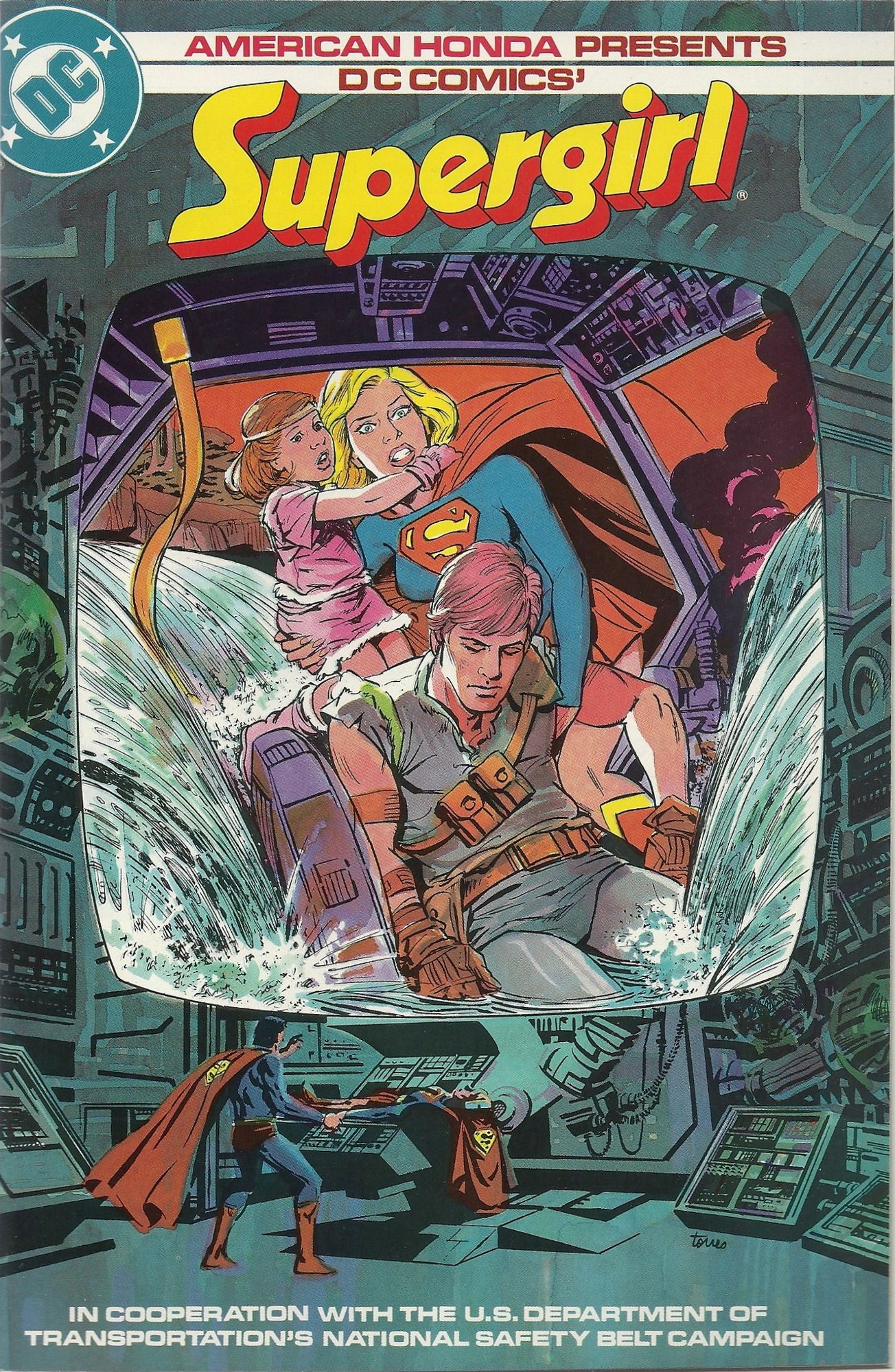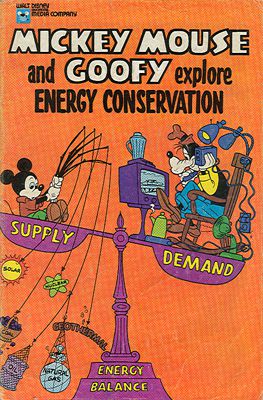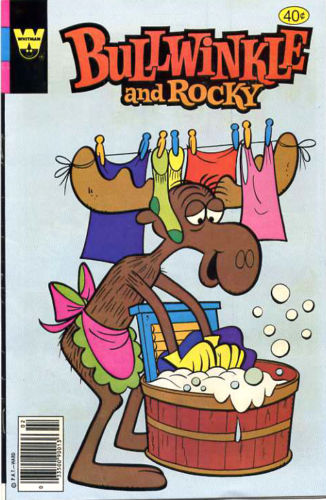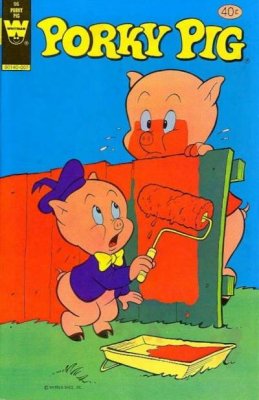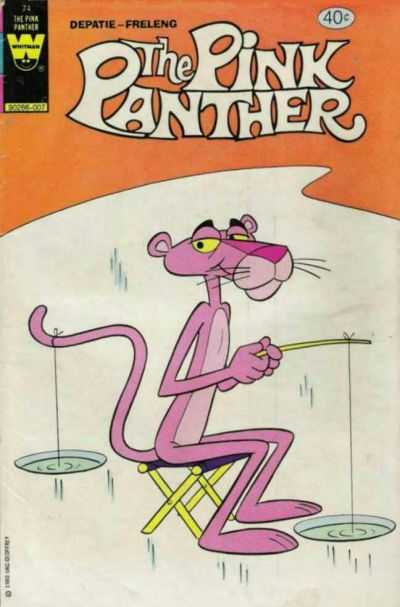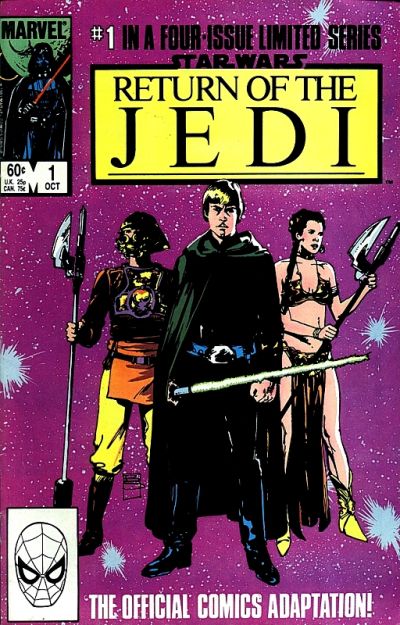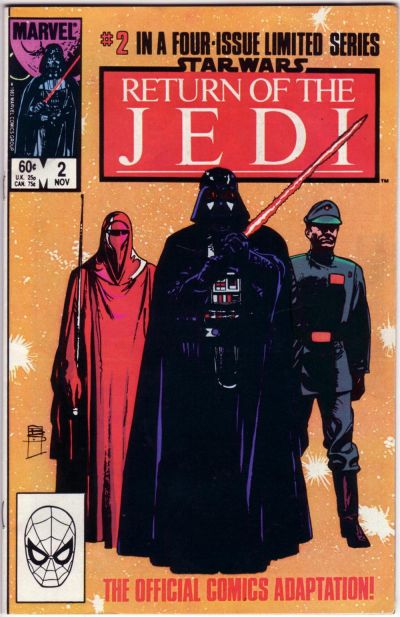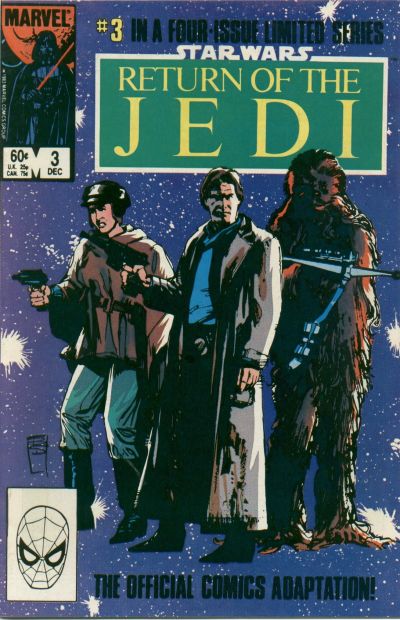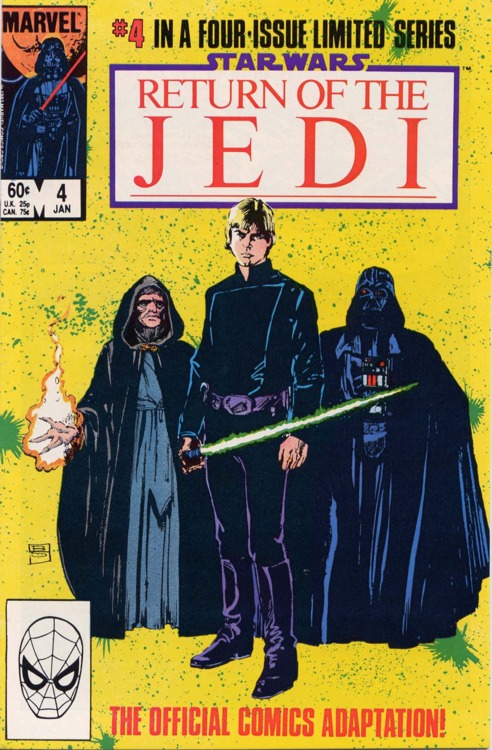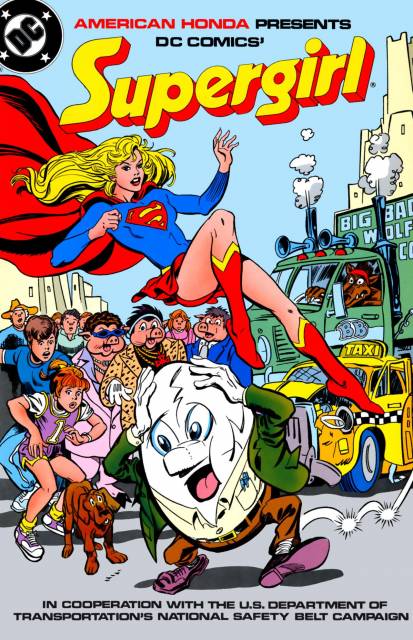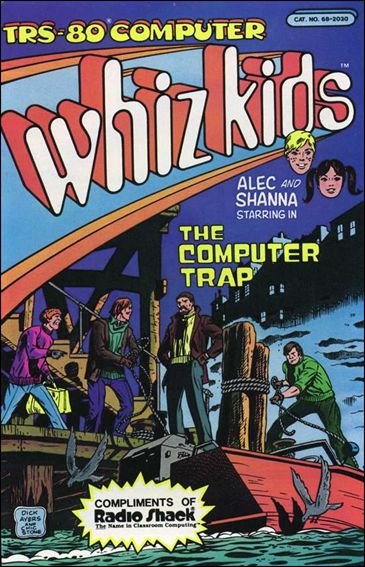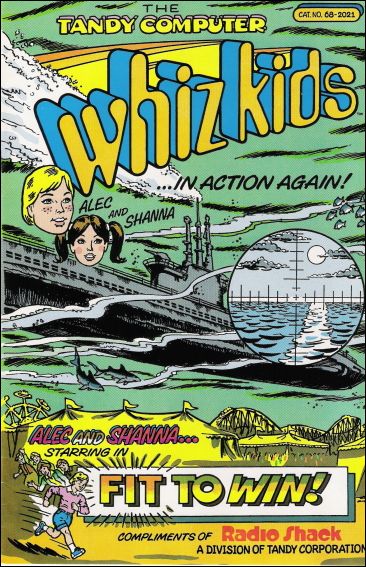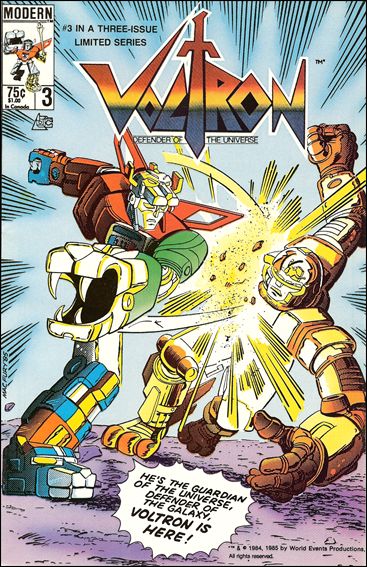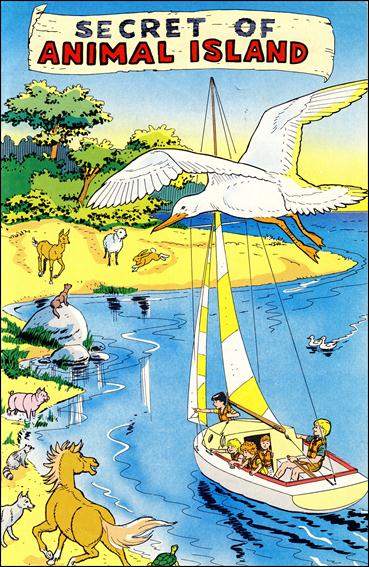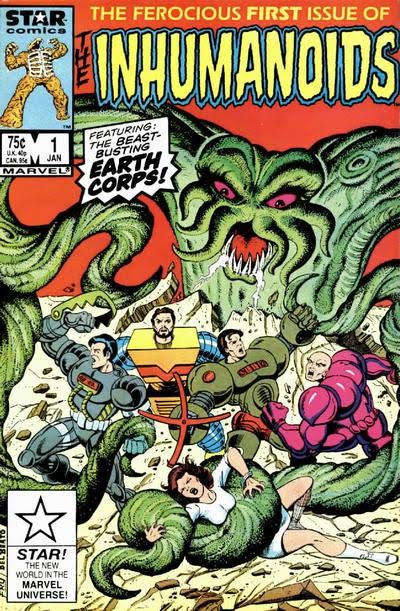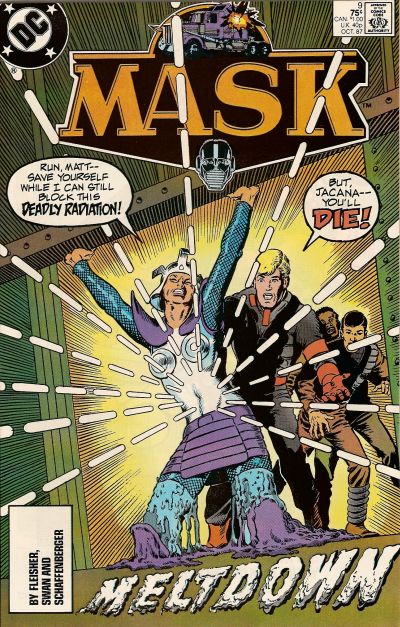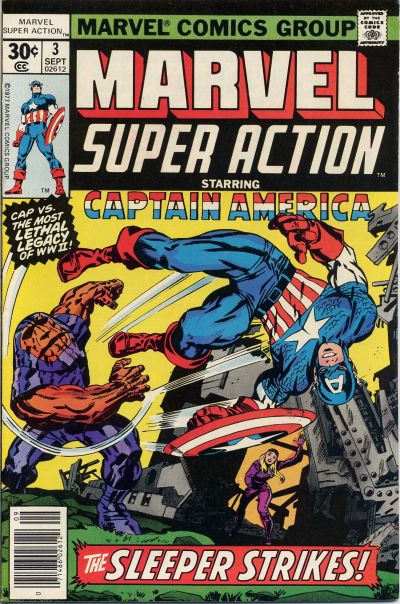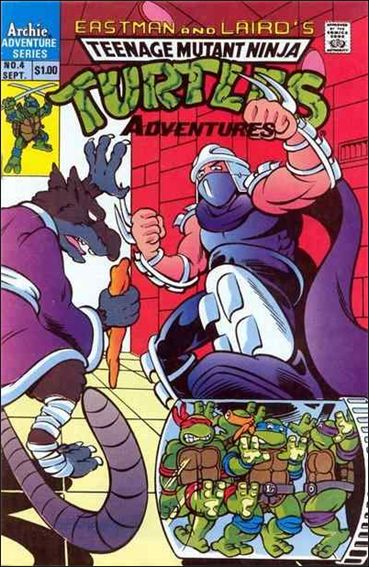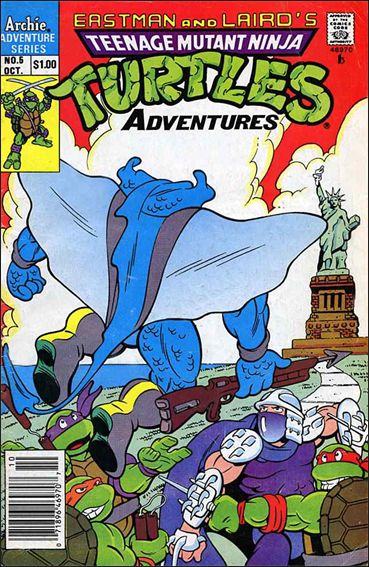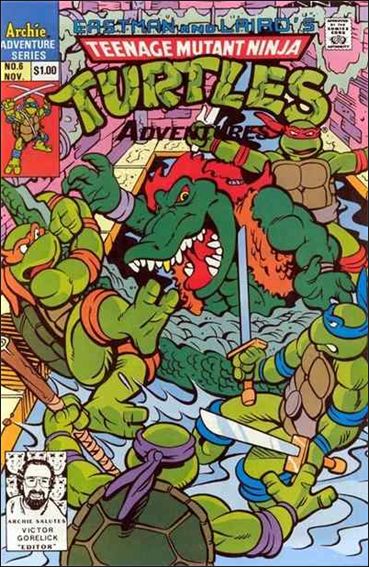I recently compiled a custom bound book that contained comic books that I collected in my youngest years. I intended for that volume to be a hand-me-down of sorts to someone within my family who was interested in comic books and/or popular culture. If that book ended up in the hands of others, then I hoped that they could enjoy it too. With each grouping of titles, I shared introductory anecdotes that that provided a certain time capsule into the issues’ era and also where they fit into my life as a fan.
The seemingly-unrelated nature of those comics, crossing many genres and characters, unintentionally created a fair representation of the sampling across popular culture that went on in my youth.
When I began to ‘formally’ collect comic books, it was with “Uncanny X-Men” issue #259. I purchased that issue while playing hooky from school (with my mother) in mid-January 1990 at the Constant Reader bookstore in Albert Lea, Minnesota. While that issue would launch my interest in super-heroes, discussing it further is largely another story altogether. However, I reference that comic as the beginning of a later era. That era was inspired from a curiosity about super heroes that was nurtured while reading the comics that I would define as my ‘Childhood Favorites.’
Early Miscellany
“Mickey Mouse and Goofy Explore Energy Conservation” was a promotional comic book distributed by Exxon between the years 1976-1978. How I came into possession of it is beyond me and, given its decent condition, it obviously wasn’t one of my absolute favorites.
More significant were the other titles in this grouping, all cover-dated 1980: “Rocky and Bullwinkle” #25 (February 1980), “Porky Pig” #96, and “Pink Panther” #74 (July 1980)
My copy of “Porky Pig” #96 only went on to contain a partial issue. In particular, the ending half of “Forest Adventure,” the full story “The Cookie Caper,” and part of “Smashing Success.” Presumably all three were once complete comic books, but wear and tear took a toll on them over the years.
I would have only been two years old at the time that these comics were initially released, so how I came to own them might have been a bit roundabout in nature. I had a neighboring friend name Bruce whose sister Sarah was an occasional babysitter. It is likely that these comics were part of a birthday gift hand-me-down or simply a gift, but I do vaguely recall receiving them during a summer month.
Return of the Jedi
I had likely initially seen “Star Wars” when CBS aired it for the first time on television in Sunday, February 26th from 7pm-10pm (although I’m not sure how I saw the ending of it, as it would have been past bedtime). More memorably, an uncle had a videotaped version of “The Empire Strikes Back” that I saw frequently enough to be familiar with the sequel. For whatever reason though, the final film in the original trilogy kept eluding me.
I’d first become familiar with the “Return of the Jedi” story via a read along recording and storybook that was available in my preschool class. Unfortunately, obsessiveness on my part (or lack of knowledge regarding ‘fast forward’ capabilities) meant that I never got past the first scenes involving Jabba the Hut before playtime was finished.
That changed one Saturday morning when I noticed a surprise waiting in my family’s kitchen. My father had picked up a bundled pack of the Marvel Comics adaptation of the film from a Friday evening auction or estate sale. I wasn’t entirely sure who they were meant for, but I hedged my bets and assumed it was a gift for me.
Needless to say, I consumed the issues with an intention of learning the story’s end. What surprised me at the time was how dark the story became, a tone reflected in the film but emphasized in the artwork of the adaptation.
Supergirl Specials
Both of these comics came through classroom giveaway sessions that accompanied the U.S. Department of Transportation’s National Safety Belt Campaign. The first issue came out in 1984 and the second in 1986. There must have been a surplus available, as I don’t recall having them distributed to me until at least the later 1980s while still in late elementary school.
The first issue was the more-traditional of the pair and had a grim tone to it. The cover starkly illustrated that the story would deal with a dire scenario. The use of Superman and his Fortress of Solitude in the story was a nice bonus.
The second issue was less memorable and less serious or at least less-realistic in tone. In “Welcome to Motorville,” Supergirl encountered a number of fair-tale/nursery-rhyme characters who were involved in various automobile accidents.
It was interesting that both comic books were sponsored by ‘American Honda,’ the name used by the Honda car company more prominently in the 1980s.
Radio Shack
My 1984 copy of Radio Shack’s promotional “Science Fair Story of Electronics” would have been obtained through Radio Shack’s pushing of their ‘educational’ material through schools in the 1970s through the early 1990s. Radio Shack was a more-prominent electronics retailer in that time period and was arguably at the forefront of the then-new home computer market with the Tandy line of computers.

The other comics from Radio Shack featured “The Whiz Kids,” of which I had a couple of copies (from 1984 and 1988). The Whiz Kids were featured in comics that came out in 1982 and then 1984-1991. The content was apparently produced by Archie Comics on behalf of Radio Shack and then advertised to teachers via an information packet with a sample. Teachers could then order free copies for their class.
As stated above, comics were produced under the guise of promoting computers and software. While they did so, they also spotlighted Radio Shack as a seller of such items.
Voltron
My mother purchased the third issue of this mini-series for me while browsing the comics available amid a magazine rack at my local Hy-Vee grocery store in Albert Lea, Minnesota. So far as I recall, I spent the evening more interested in that comic than in a performance of the ‘Share the Fun’ variety show that my uncle and aunt would have been featured in that evening via the Freeborn County’s 4-H program.
This Voltron mini-series was put out by Charlton’s Modern Comics imprint and it was based on the “Voltron: Defender of the Universe” cartoon series. That cartoon series was itself based on the “Go Lion” (aka “Lion Force”) cartoon series from Japan. The U.S. material was in support of a moderately-successful toy line launch.
Some items of note were the ads for other material from Modern. In particular was “The Futurians” from Dave Cockrum and also “Codename: Danger” with art by Paul Smith. Both series were short-lived, but it wass interesting that both men were notable for runs on “Uncanny X-Men” in the earlier 1980s.
While growing up, I actually only ever owned the first issue of the mini-series, but I was able to track down the final two issues in the mini-series at the Twin Cities SpringCon convention in 2013. A particular dealer helped me track down the copies and gave me a deal on what were essentially ‘dollar comics’ after hearing my completionist story.
The Secret of Animal Island
This 1986 giveaway comic was produced by the American Legion Child Welfare Foundation. Research showed that it might have been produced by a company called “Custom Comic Services” – a work-for-hire outfit that produced giveaway ‘message’ comics.
In any event, its primary purpose was to promote Child Abuse Awareness. Something of particular note in the culture at that time was awareness amongst children toward the reporting of inappropriate ‘touching.’ This was code language at the time for child sexual abuse and it was a hot-button topic of the era, having apparently often been kept in secret during past eras.
Inhumanoids
This mini-series was based a short-lived toy property, the result of it having never really taken off. That said, there were some ingenious concepts around the idea and the toy line had some amazingly large monster figures.
In essence, “Inhumanoids” was a mish-mash of G.I. Joe and H.P. Lovecraft-inspired monsters. The heroes were a scientist group known as Earth Corps and they battled subterranean monsters known as Inhumanoids. Besides the comic book, there was also an animated television series to support the toy line that was produced by Sunbow and Marvel Productions. It was animated in Japan by Toei Animation.
What was truly strange about this comic book mini-series was that it appeared to be marketed at a younger reader. The comics were produced by Marvel Comics’ own short-lived ‘young readers’ line Star Comics. The simplistic panel layout and minimal dialogue reflect that younger audience aim.
Oddly though, the concept was more properly in-line with the G.I. Joe demographic and Marvel’s “G.I. Joe” series was arguable one of their biggest mainstream hits during that time. Relegating the rather-dark “Inhumanoids” concept to the ‘young readers’ line was seemingly an unfortunate marketing or editorial misstep.
Similar to the Voltron mini-series, I grew up only owning the first issue but later completed the set.
M.A.S.K.
This was arguably a mash-up of the G.I. Joe and Transformers concepts, albeit with slightly smaller scale physical figures and vehicles. The toy line was put out by Hasbro’s then-rival Kenner. A companion television series was produced, along with comic books from DC Comics.
The main premise involved a task force called M.A.S.K. (Mobile Armored Strike Kommand) often trying to stop the nefarious criminal acts of a rival group named V.E.N.O.M. (Vicious Evil Network of Mayhem). The leaders of M.A.S.K. and V.E.N.O.M. had once been a part of the same peacekeeping organization. As a result, the two groups had access to similar high-tech transforming vehicles and masks that granted the wearer special abilities.
The toy line was never a significant success, but it has undergone a revival of sorts in interest when 1980s nostalgia. In general, the line contained some nicely-crafted vehicles with clever transformation touches.
DC comics initially produced a 1985 comic book mini-series. They then produced an ongoing series in 1987, but that only lasted for nine issues. I purchased that final issue while on vacation in Montana with my family in summer 1987 and re-read it a number of times. Having owned some of the toys and seen some episodes of the cartoon series, I recall being particularly shaken by the idea that the series had been cancelled and that such things could occur. A change was in the air, as 1987 was largely the ‘swan song’ year for many of the key toy lines of the 1980s. Both the G.I. Joe and Transformers properties would reach peaks in that year and begin slow fades before later nostalgia-fueled revivals.
One oddity was this issue’s art by Curt Swan & Kurt Schaffenberger. Both were comics legends near the ends of their careers at DC and one had to assume this work was provided to keep the legends employed.
Marvel Super Action
This comic book was acquired on the same 1987 trip to Montana as the “M.A.S.K.” comic, likely from a second-hand store late in the trip near the Amtrak station in Malta, Montana. It was the “Marvel Super Action” #3 reprint of “Captain America” #102.
Not only was this a continued story from the prior issue, but I don’t think that I ever owned more than this partial copy. Thus, I was a very confused reader, but the portion of the story that was available left me spellbound.
The focus of the issue was on Captain America needing to stop the Red Skull’s fourth ‘Sleeper’ robot. He ultimately succeeded with the help of the lovely Agent 13.
Teenage Mutant Ninja Turtles Adventures
The last major toy line that I collected as a child was Teenage Mutant Ninja Turtles. This property became a mainstream phenomenon with the 1988 Playmates toy line and companion animated series. It had better longevity than most 1980s toy lines, with the television series, comics, and toy line all lasting well into the mid-1990s and beyond.
It was important to understand that the ‘Adventures’ series was based on the animated cartoon adventures of the turtles and not the Mirage Studios comics books that originated the turtles in a slightly-edgier mid-1980s incarnation. I came into these comics slightly confused, thinking that they were somehow reprints of the Mirage originals. I also owned a compilation-with-cassette-tape edition of the Adventures Volume 1 mini-series. That volume and the first four issues of the second, main ‘Adventures’ series all adapted episodes of the cartoon series.
In the summer of 1989 when these particular issues debuted, I didn’t realize the full extent of the ‘Adventures’ series relating to the cartoon series. Thus, the Shrinking Turtles storyline that I picked up was new to me. The ‘Man Ray’ storyline was original to the comics though.
I purchased issues #4-6 off of the newsstands at stores in Albert Lea, Minnesota. Most notable the quickly-defunct store Bookends at the then-new Northbridge Mall. One of the purchases – likely #5 – involved a rare then-rare ‘trip to town’ with my aunt.
- Recapping Criterion’s Lone Wolf & Cub Films - December 29, 2024
- Moonlighting (1985) – A Series Review - September 12, 2024
- San Diego Comic-Con 2024 Analysis - July 31, 2024
